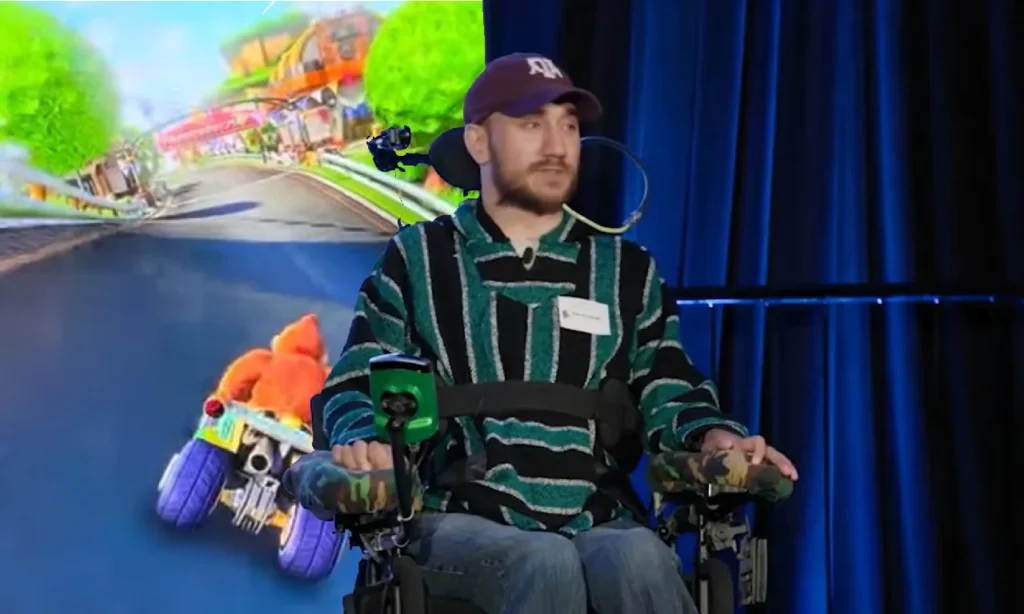It has been 100 days since the first participant in Neuralink’s clinical trial received his implant, marking a groundbreaking milestone. Approximately 180,000 Americans live with quadriplegia, and an estimated 18,000 more suffer a paralyzing spinal cord injury each year. In a digital society where work, entertainment, and social lives rely heavily on computers and smart devices, the needs of quadriplegics often go unmet. This lack of engagement with the digital world leads to decreased independence, isolation, and financial challenges for many. Some highlights of 100 days of Neuralink’s first human trial.
The Struggles of Digital Interface for Quadriplegics
People with quadriplegia frequently find it challenging to engage seamlessly with digital devices due to their physical limitations. Before receiving the Neuralink implant, Noland’s primary digital interface was a mouth-held tablet stylus, also known as a mouth stick. This device had to be positioned by a caregiver and could only be used while in an upright position. Prolonged use of the mouth stick leads to discomfort, muscle fatigue, and pressure sores, and it also impedes normal speech.
Noland shared, “The biggest thing with comfort is that I can lie in my bed and use [the Link]. Any other assistive technology had to have someone else help or have me sit up. Sitting causes stress mentally and on my body which would give me pressure sores or spasms. It lets me live on my own time, not needing to have someone adjust me, etc. throughout the day.”
BCI Use and Its Impact on Daily Life
Noland contributes to research sessions for up to 8 hours per day on weekdays, and on weekends, his personal use and recreation can exceed 10 hours per day. Recently, he used the device for a total of 69 hours in a single week, which included 35 hours of structured sessions and an additional 34 hours of personal use.
He stated, “I thought that the mouth stick was a lot better than BCI a month ago, when we compared them I saw that BCI was just as good if not better and it’s still improving; the games I can play now are leaps and bounds better than previous ones. I’m beating my friends in games that as a quadriplegic I should not be beating them in.”
A New Horizon for Independence
Neuralink’s goal is to provide a high-performance interface that enhances the control of digital devices for people with quadriplegia, unlocking their personal and professional potential. The impact of this technology on Noland’s life over the past 100 days is a testament to its revolutionary potential. By reducing the need for caregiver assistance and allowing more comfortable device use. Neuralink’s brain-computer interface (BCI) offers a new level of independence.
The progress made in these 100 days of Neuralink’s first human trial showcases the transformative power of cutting-edge technology. This milestone marks a significant step forward in enhancing the lives of individuals with quadriplegia. Providing hope for increased autonomy and integration into the digital world. As the trial continues, further advancements will undoubtedly follow, further improving the quality of life for those with severe spinal cord injuries.




